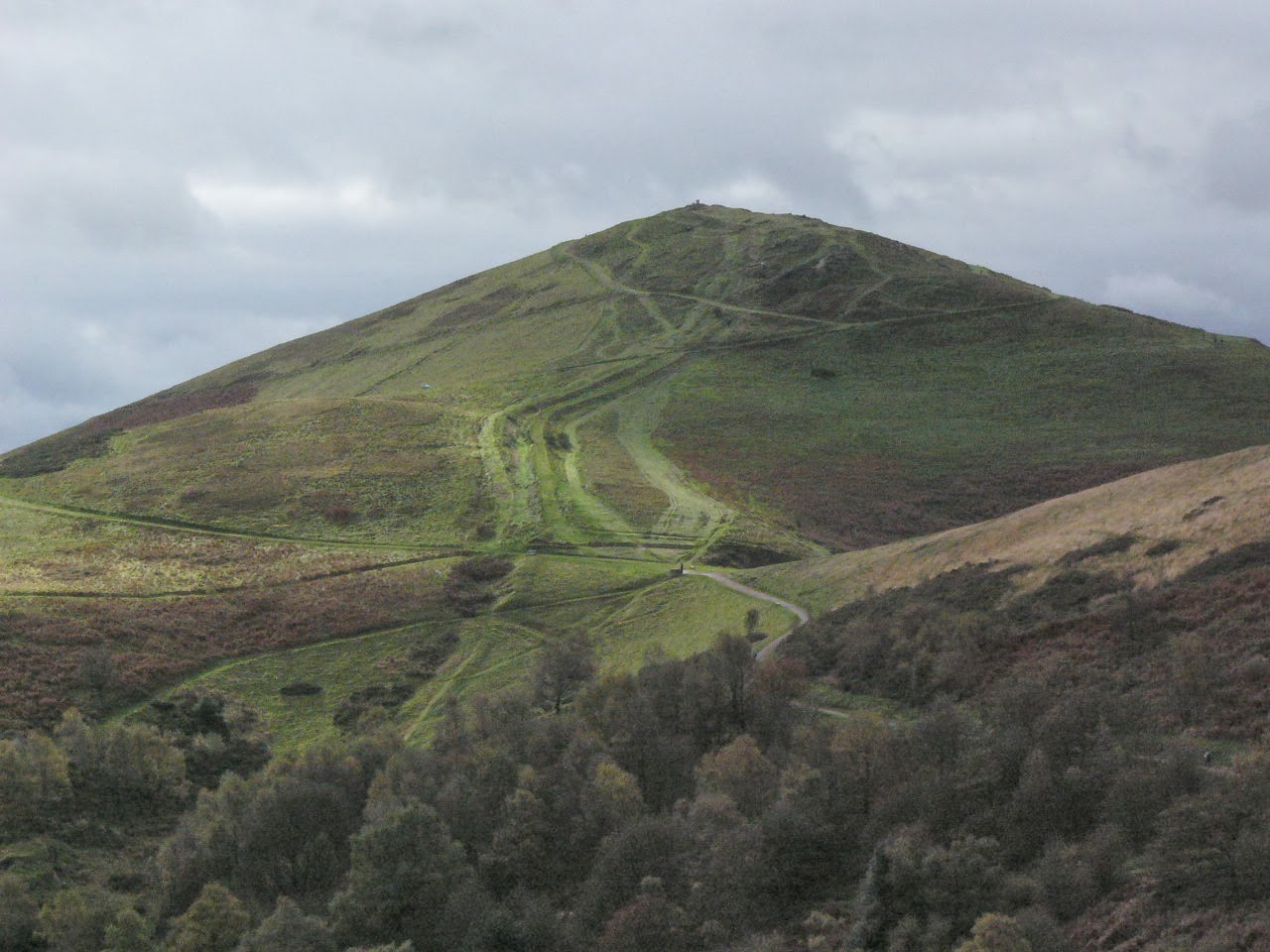 |
| Grey Heron, ©dhobern, via Flickr Creative Commons. |
 |
| Grey Heron painting. |
 |
| Grey Heron, ©dhobern, via Flickr Creative Commons. |
 |
| Grey Heron painting. |
 |
| Great Egret, ©mikebaird, via Flickr Creative Commons. |
 |
| Great Egret painting. |
 |
| Western Reef Egret, ©quelea1945, via Flickr Creative Commons. |
 |
| Western Reef Egret painting. |
 |
| Record shot from my clunky camera - how many Bramblings can you count? |
 |
| The top of Happy Valley. |
 |
| I think it's Harebell (Campanula rotundifolia). |
 |
| St Ann's Well Cafe. |
 |
| Outdoor seating in a lovely setting. |
 |
| The spring. |
 |
| Awesome erosion of the marble base of the well! |
 |
| The Worcestershire Beacon. |
 |
| View south along the Malvern Hills. |
 |
| Unknown fungi! |
 |
| Upper Dingle Quarry. |
 |
| Stonechat record shot. |
 |
| Little Egret, ©Ferruccio Zanone, via Flickr Creative Commons. |
 |
| Little Egret painting. |
 |
| Squacco Heron, ©Giuss95, via Flickr Creative Commons. |
 |
| Squacco Heron painting. |
 |
| Cattle Egret, ©RedTail_Panther, via Flickr Creative Commons. |
 |
| Cattle Egret painting. |
 |
| Striated Heron, ©jvverde, via Flickr Creative Commons. |
 |
| Striated Heron painting. |
 |
| Sketches of Blue Tit, Great Tit and Curlew. |
 |
| Blue Tit at the feeders. |
 |
| Curlews and friends. |
 |
| The Flashes. |
 |
| Black-crowned Night Heron, ©whifflepeg, via Flickr Creative Commons. |
 |
| Black-crowned Night Heron painting. |
 |
| Little Bittern, ©Mark S Jobling, via Wikimedia Commons. |
 |
| Little Bittern painting. |
 |
| American Bittern, ©Mathesont, via Flickr Creative Commons. |
 |
| American Bittern sketch. |
 |
| Lapwings hunkering down on the island from the hide. |
 |
| Grey Wagtail from the hide. |
 |
| Sketches of Common Snipe and Grey Heron. |
 |
| Grey Wagtail sketch. |
 |
| Eurasian Bittern, ©Marek Szczepanek, via Wikimedia Commons. |
 |
| Eurasian Bittern sketch. |
 |
| Pygmy Cormorant, ©Martin Mecnarowski, via Wikimedia Commons. |
 |
| Pygmy Cormorant sketch. |